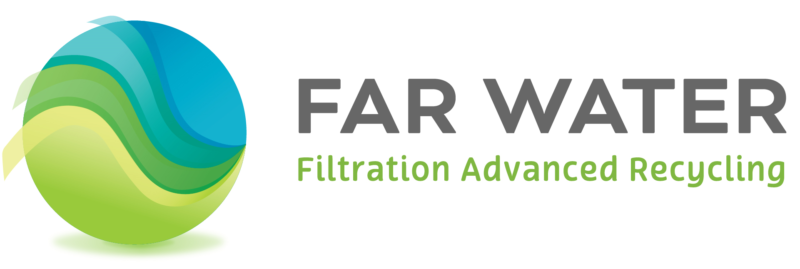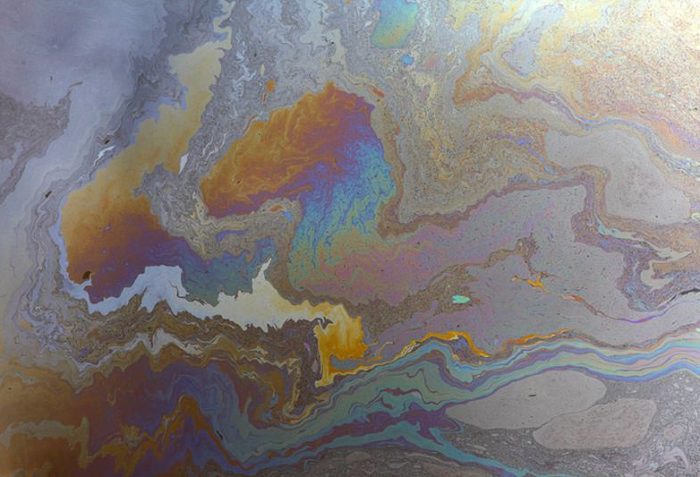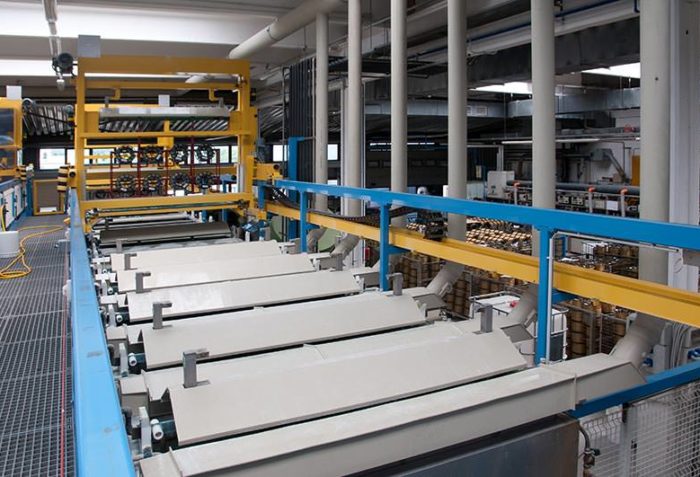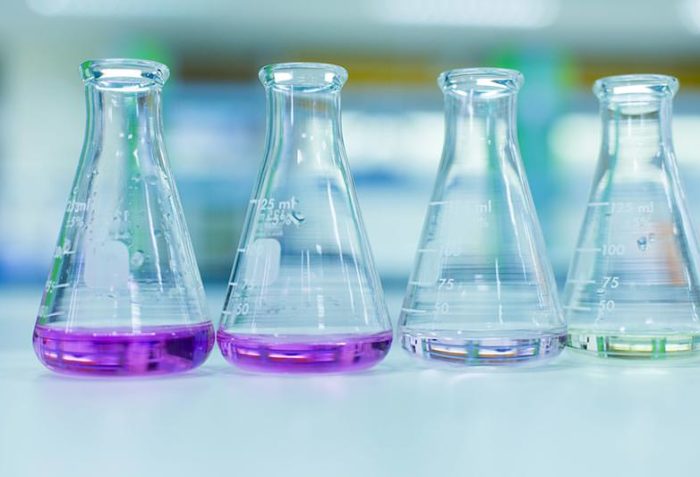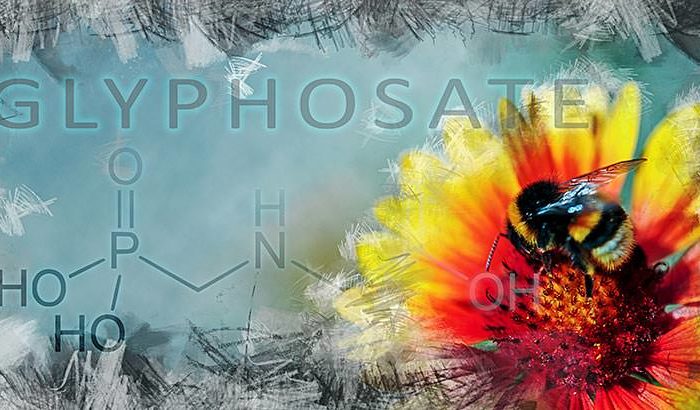Reuse & Recycling reaching Zero Liquid Discharge
Zero Liquid Discharge (ZLD) is the utmost goal of all our projects. ZLD allows our customers to reduce their environmental impact and to overcome current and future regulations. As such, FAR designed, built and services an installation which was awarded the Water Trophee by one French Water Agency for the best industrial project in 2017.
Watch the video describing this industrial success which has allowed our Customer to dismantle his physico-chemical treatment plant and reach ZLD.
When production expansion was jeopardized by water scarcity , the implementation of this technology also allowed total reuse of the treated water.
This project brought a real added-value for the company, environmentally and financially speaking.
